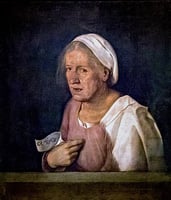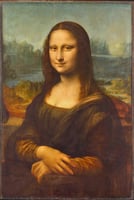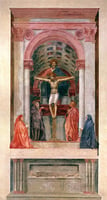The Italian Renaissance period (1330-1550) was a period of great cultural and artistic development...
The Beginnings of a Revolution: The Proto-Renaissance and Its Impact on European Culture
Proto-Renaissance art is a term used to describe the art of the late Middle Ages and early Renaissance period, which was characterized by the emergence of new artistic styles that would later influence the Renaissance proper. This period began in the late 13th century and lasted until the early 15th century. It was a period of transition and renewal of artistic expression, which was marked by a shift away from the traditional Gothic style.
During this period, artists began to experiment with new techniques and materials, such as oil paints, and a focus on realism and naturalism. They also began to incorporate a greater use of perspective, which was a dramatic departure from the flat and stylized depictions of the past. Painters such as Giotto di Bondone, Simone Martini, and Gentile da Fabriano, were some of the key figures of this period and their work was instrumental in the development of Renaissance painting.
The Proto-Renaissance period was a period of great innovation and creativity. Sculptors began to create more lifelike and naturalistic figures, and frescoes and murals were produced on a larger scale than ever before. The use of color, light, and shadow also became more sophisticated, and artists began to take inspiration from the classical Greek and Roman art, as well as from the Italian landscape.
While the Proto-Renaissance period was the precursor to the Italian Renaissance, it was not a part of the Renaissance proper. Instead, it was an important time of transition, during which artists experimented with a range of new ideas and techniques. It was also a period of great artistic expression and innovation, which was crucial to the development of Renaissance art.




